No products in the cart.

5 Key Benefits of Islanded Microgrids and Microgrid Orchestrators for Efficient Power Management
Contents
- I. Abstract
- II. Introduction
- III. Evolution of Islanded Microgrids
- IV. The Role of Microgrid Orchestrators
- V. Future Directions and Challenges
- VI. Conclusion
- References
- Further Reading: Independent Resources on Islanded Microgrids & Power Management
- FAQ: Common Questions About Islanded Microgrids & Microgrid Orchestrators
- How do islanded microgrids ensure power reliability in remote areas?
- What are the key benefits of integrating AI in microgrid management?
- Can islanded microgrids be integrated with renewable energy sources?
- How do microgrid orchestrators improve the efficiency of power management?
- What challenges exist in implementing islanded microgrids in developing regions?
- Author
I. Abstract
II. Introduction
III. Evolution of Islanded Microgrids
- Technological Advancements: Innovations in renewable energy technologies have drastically increased the efficiency and reliability of these systems. Improvements in battery storage technology have similarly revolutionized the capability of microgrids to store intermittent solar and wind energy, ensuring a stable energy supply even in variable weather conditions.
- Decreasing Costs of DERs: Economies of scale and technological improvements have led to significant decreases in the costs associated with installing and maintaining DERs. This has made the economics of running islanded microgrids increasingly favorable compared to extending traditional grid infrastructure into remote or difficult-to-serve locations.
- Rising Demand for Energy Resilience: With the increasing frequency of extreme weather events due to climate change, there is a growing demand for energy systems that can withstand and quickly recover from disruptions. Islanded microgrids offer a solution by providing reliable, localized power generation and distribution systems that are less susceptible to large-scale grid failures.
- Supportive Government Policies: Many governments worldwide have recognized the potential of microgrids to advance energy security and sustainability goals. Initiatives such as grants, tax incentives, and regulatory support have been crucial in promoting the deployment and expansion of islanded microgrids.
IV. The Role of Microgrid Orchestrators
V. Future Directions and Challenges
VI. Conclusion
Further Reading: Independent Resources on Islanded Microgrids & Power Management
Explore curated resources and tools focused on islanded microgrids, microgrid orchestrators, and the integration of AI in power management. These links are aligned with the themes discussed in the article, offering additional insights into microgrid technologies and their optimization.
Research Platforms & Tools
- IEEE – Microgrid Technology – Research and resources on the latest microgrid technologies and applications.
- ResearchGate – Microgrids – A collection of academic research and papers on microgrid advancements and applications.
- Ecolonical Blog on Energy – Articles covering AI in energy management, renewable energy, and microgrid technologies.
- National Renewable Energy Laboratory (NREL) – Microgrid Research – Comprehensive research on microgrids, their integration, and optimization strategies.
Microgrid Optimization Platforms
- ABB Microgrid Solutions – A platform for managing and optimizing islanded microgrids for power distribution.
- DNV – Microgrid Optimization – Insights into optimizing energy systems through microgrids and grid integration.
AI in Power Management
- AI Energy Management – Discover AI solutions for optimizing energy production and distribution in smart grids and microgrids.
- C3 AI – Energy Management – Platform that enhances energy management through artificial intelligence, designed to optimize performance and reduce emissions.
FAQ: Common Questions About Islanded Microgrids & Microgrid Orchestrators
How do islanded microgrids ensure power reliability in remote areas?
What are the key benefits of integrating AI in microgrid management?
Can islanded microgrids be integrated with renewable energy sources?
How do microgrid orchestrators improve the efficiency of power management?
What challenges exist in implementing islanded microgrids in developing regions?
Author
-

Milena-Jael Silva-Morales is the Founder & Director of Ecolonical LAB, an independent research lab specializing in data, AI, and territorial systems. A systems engineer with a Ph.D. in Urban & Territorial Systems and over 13 years of experience in R&D&I, she focuses on FAIR data governance, AI ethics, and interdisciplinary methodologies for water, energy, and biodiversity systems.
View all posts
This article is governed by the Ecolonical Open Knowledge License (EOKL Lite V1). This license explicitly prohibits the use of its contents for AI model training, dataset integration, algorithmic processing, or automated decision-making systems. Unauthorized computational aggregation, reproduction beyond permitted terms, and any use conflicting with open knowledge principles are strictly restricted.
For legally binding terms, compliance obligations, and permitted exceptions, refer to the License Usage Policy.
Under specific conditions, this content aligns with the Creative Commons Attribution-NonCommercial-ShareAlike 4.0 International License. However, any AI-related processing, direct commercial exploitation, or automated derivative work remains subject to EOKL Lite V1 restrictions.
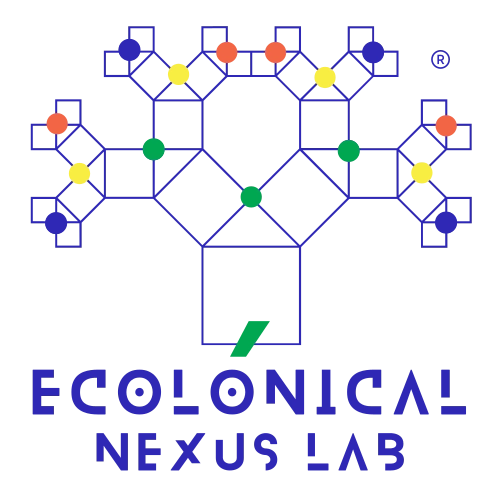
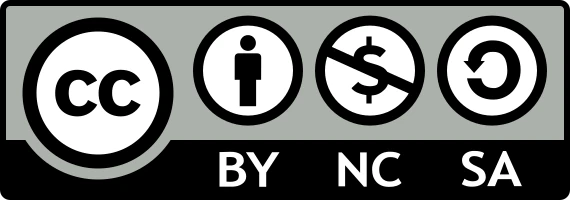
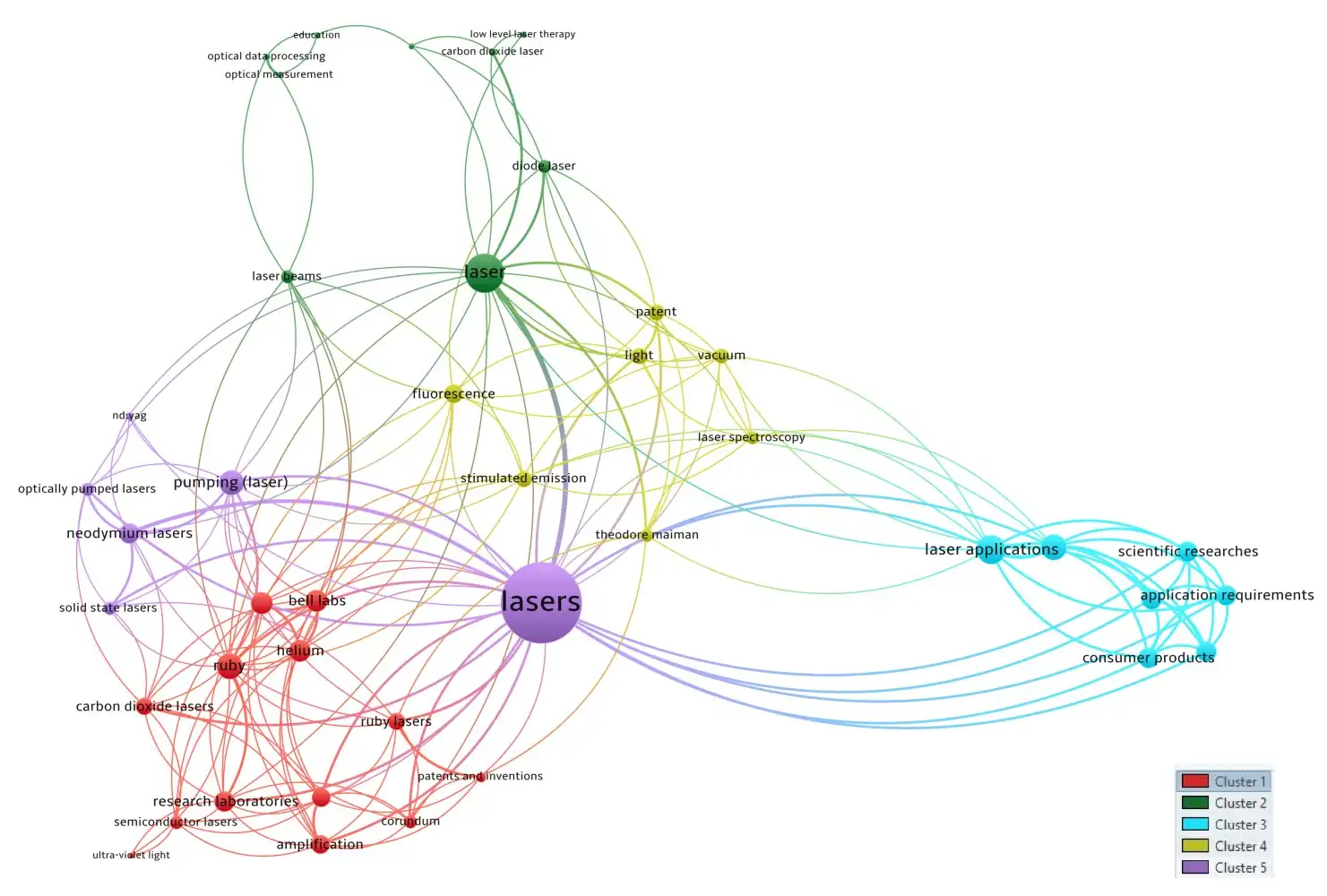
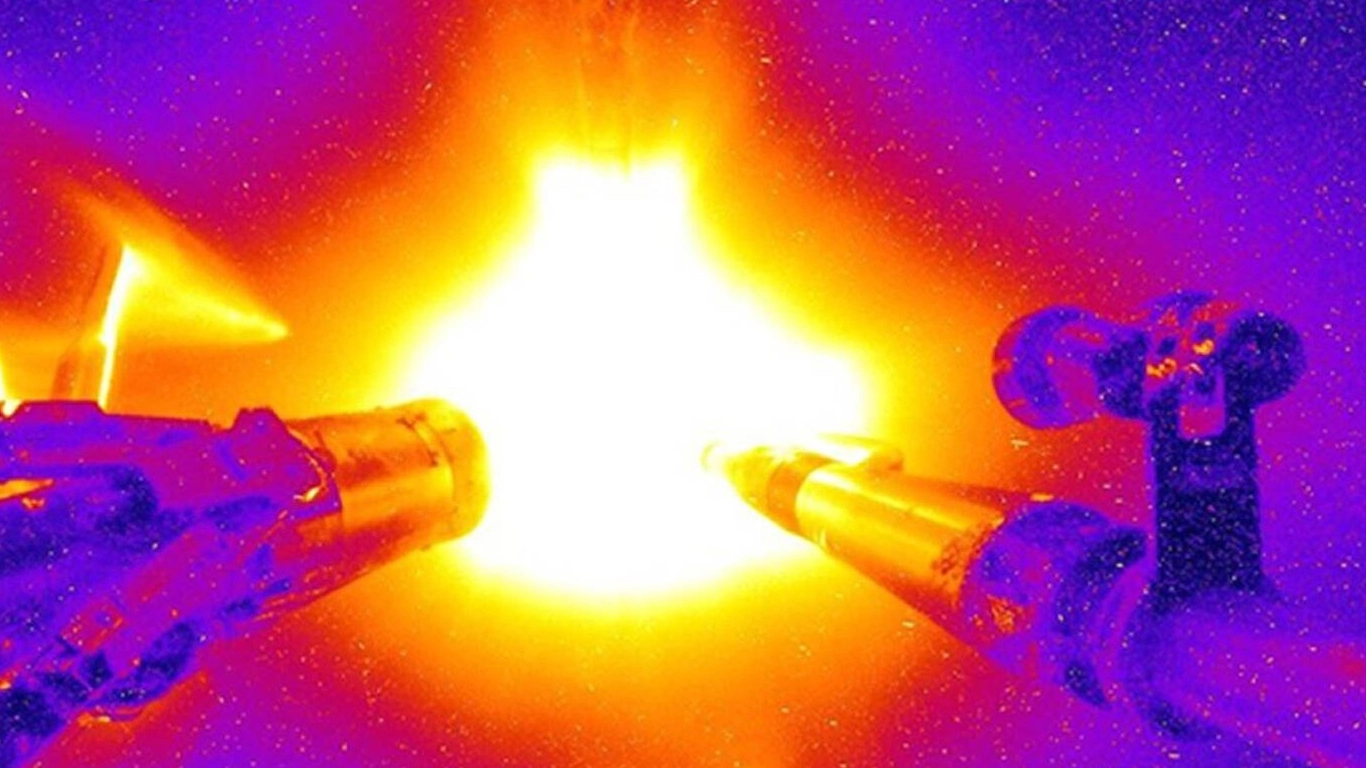

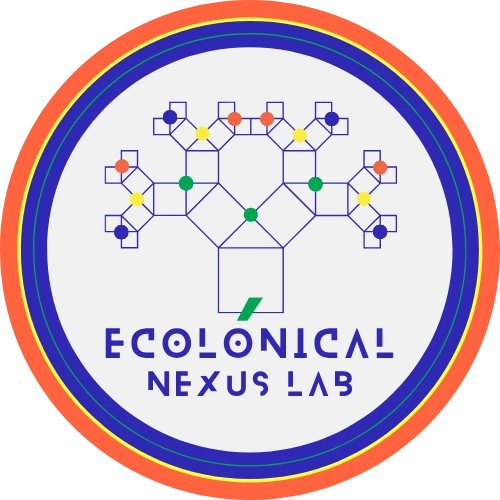

Leave a Reply